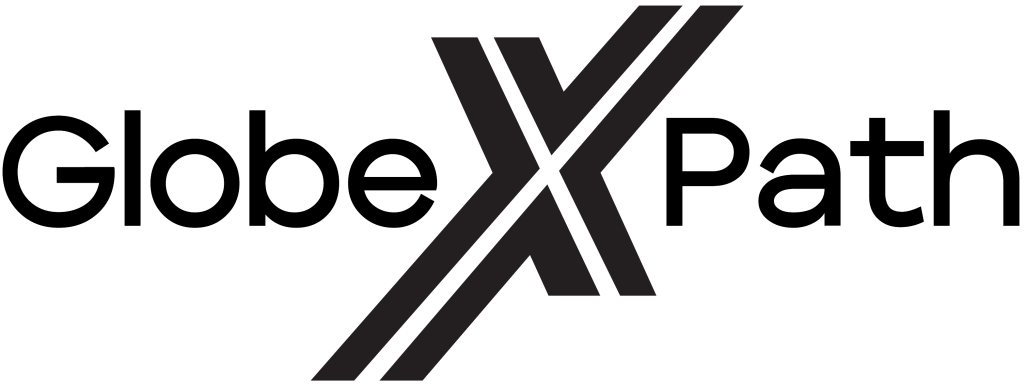The H-1B visa is a non-immigrant visa category in the United States that allows U.S. employers to temporarily hire foreign workers in specialty occupations. These roles require theoretical or technical expertise in fields such as information technology, engineering, medicine, finance, and academia. Created under the Immigration and Nationality Act (INA), the H-1B program is a key mechanism for addressing domestic skill shortages while fostering international talent exchange.
For you to qualify for an H-1B visa, both the sponsoring employer and the foreign professional must meet specific eligibility criteria. The employer must show that the position is mainly a specialty occupation, typically defined as requiring at least a bachelor’s degree or its equivalent in a particular field. The foreign worker must possess the appropriate degree or necessary equivalent experience, which may require credential evaluation if the education was obtained outside the United States. Additionally, the employer is required to pay the prevailing wage for the offered role in the region where the employment will occur, ensuring fair labor practices and protecting the U.S. workforce from wage suppression.
The H-1B process involves many detailed steps and coordination among the employer, prospective employee, and relevant U.S. government agencies. It begins with the employer filing a Labor Condition Application (LCA) with the Department of Labor, certifying adherence to wage standards, working conditions, and notification procedures. Once the LCA is approved, the employer files Form I-129, the Petition for a Nonimmigrant Worker, with U.S. Citizenship and Immigration Services (USCIS), along with supporting documentation such as the LCA approval, a detailed job description, and evidence of the employee’s qualifications.
Many H-1B petitions are subject to an annual cap—65,000 visas under the regular quota and an additional 20,000 reserved for individuals holding advanced degrees from U.S. institutions. Due to consistently high demand, USCIS conducts a lottery when applications exceed these limits. As of 2024, significant changes have been made to the selection process, shifting to a beneficiary-centric system that limits multiple entries for the same individual. This reform aims to improve fairness and reduce manipulation by employers filing redundant petitions.
The application also entails various filing fees, including a base fee, American Competitiveness and Workforce Improvement Act (ACWIA) fee, fraud prevention fee, and a fee under Public Law 114-113 for certain large employers with a high proportion of H-1B or L-1 workers. Employers may also opt for premium processing, which guarantees adjudication within 15 days for an additional fee, often used in time-sensitive situations.
Once the petition is approved, foreign nationals outside the U.S. must obtain the visa through a U.S. consulate, while those already in the country under another status may request a change of status. The initial H-1B approval is valid for three years, with the possibility of a three-year extension. Individuals pursuing permanent residency through employment-based immigration may qualify for further extensions beyond the six-year limit if their green card application is delayed due to visa backlogs.
The visa is a viable option for workers but the H-1B program is not without challenges. The lottery system’s low selection rates—around 14% in year 2024 with over 780,000 registrations—pose a major hurdle for smaller employers and legitimate applicants. Moreover, the visa’s employer-tied nature creates vulnerability for workers, who face job insecurity and a tight 60-day window to secure a new sponsor or leave the country if terminated. Wage-level concerns persist, with critics arguing that some employers exploit the system to hire lower-paid workers, prompting USCIS to prioritize petitions at higher wage levels to reflect true market demand and worker skill.
International travel and visa renewals introduce further complications. Although H-1B holders may remain in status within the U.S. after visa expiration, they must obtain a new visa stamp abroad to re-enter, a process often delayed by backlogs at U.S. embassies and consulates.
Recent reforms from 2023 to 2025 have sought to modernize and improve the system. The transition to an electronic, beneficiary-centric lottery has curbed abuse and increased transparency. Legislative proposals are under consideration to ease green card backlogs, including recapturing unused visa numbers and exempting certain advanced-degree holders from per-country caps. USCIS has also clarified that H-

